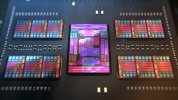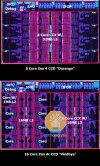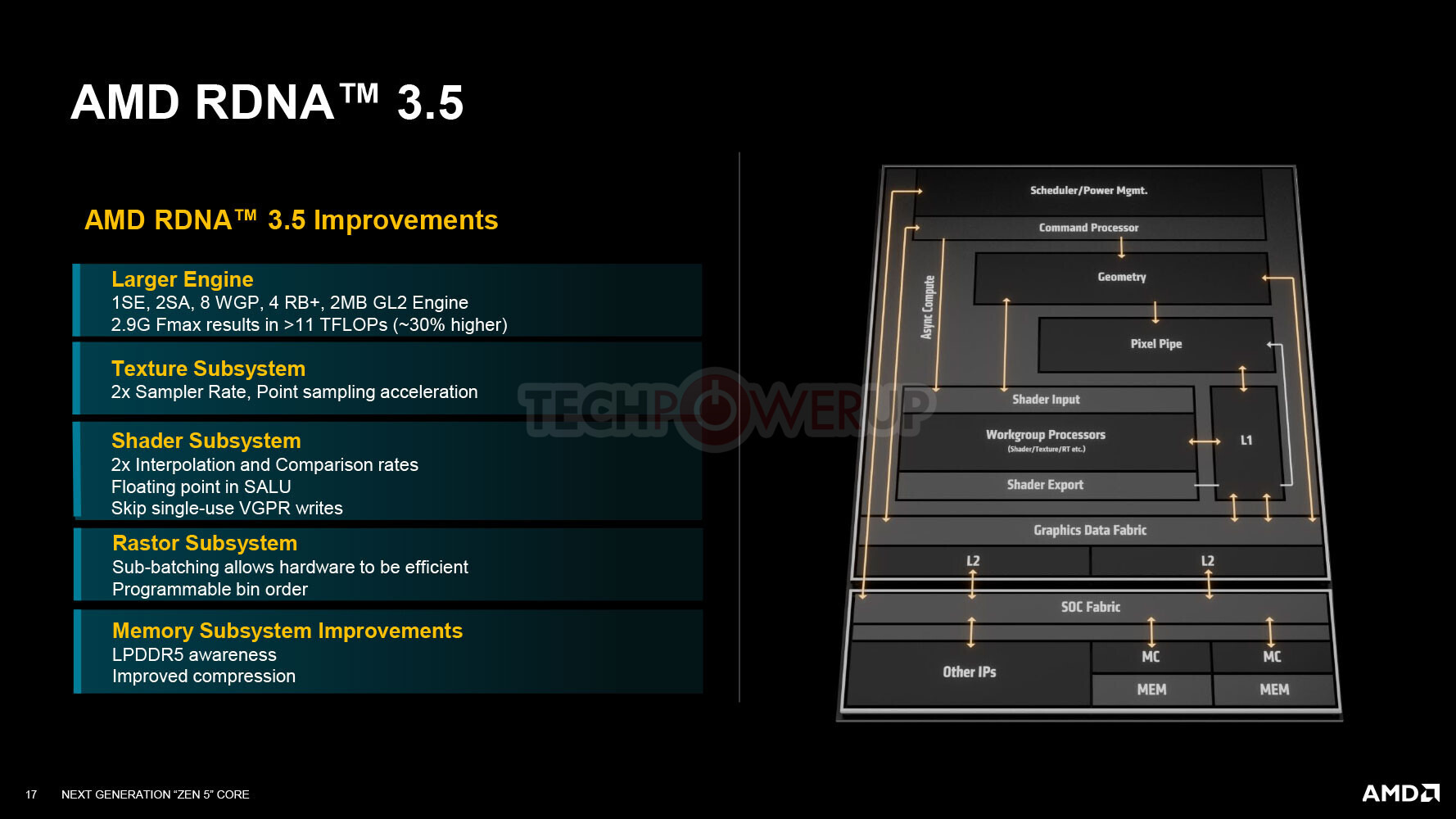raytracingfan
Newcomer
I wonder if a future version of DLSS can bypass the neural texture upscaling or integrate it into the main upscaling step - the scene is rendered at low resolution with low resolution textures, and DLSS outputs an upscaled version that has the appearance of high resolution textures.Sony Santa Monica shipped GoW Ragnarok with neural net compressed, or rather uprezzed, normal maps. So I'm not sure it's that far away, as NTBC is a different branch but somewhat similar in concept.
The practicalness of using neural nets to upscale textures seems the most promising here. It costs little in terms of runtime, would only cost runtime for those that can afford it most (anyone wanting higher settings anyway), helps solve the fundamental problem of game sizes getting too big (virtualized textures solve texture use in RAM, so who cares about compressing ram size), and doesn't require any dedicated silicon like Nvidia's solution would.
Considering Ubisoft has been toying with similar concepts, and there's other research into texture magnification with upscalers anyway, that seems like the way to go.








